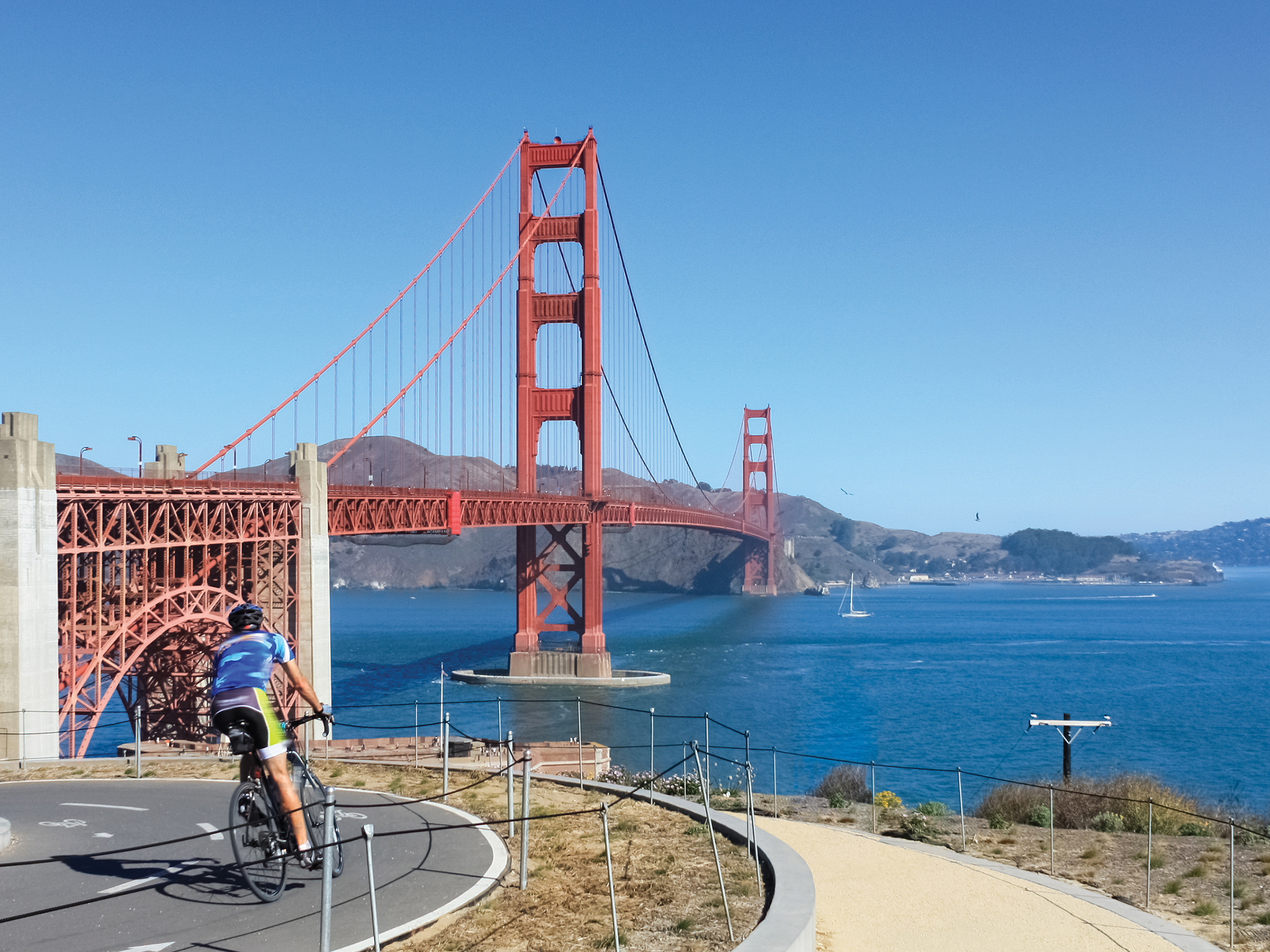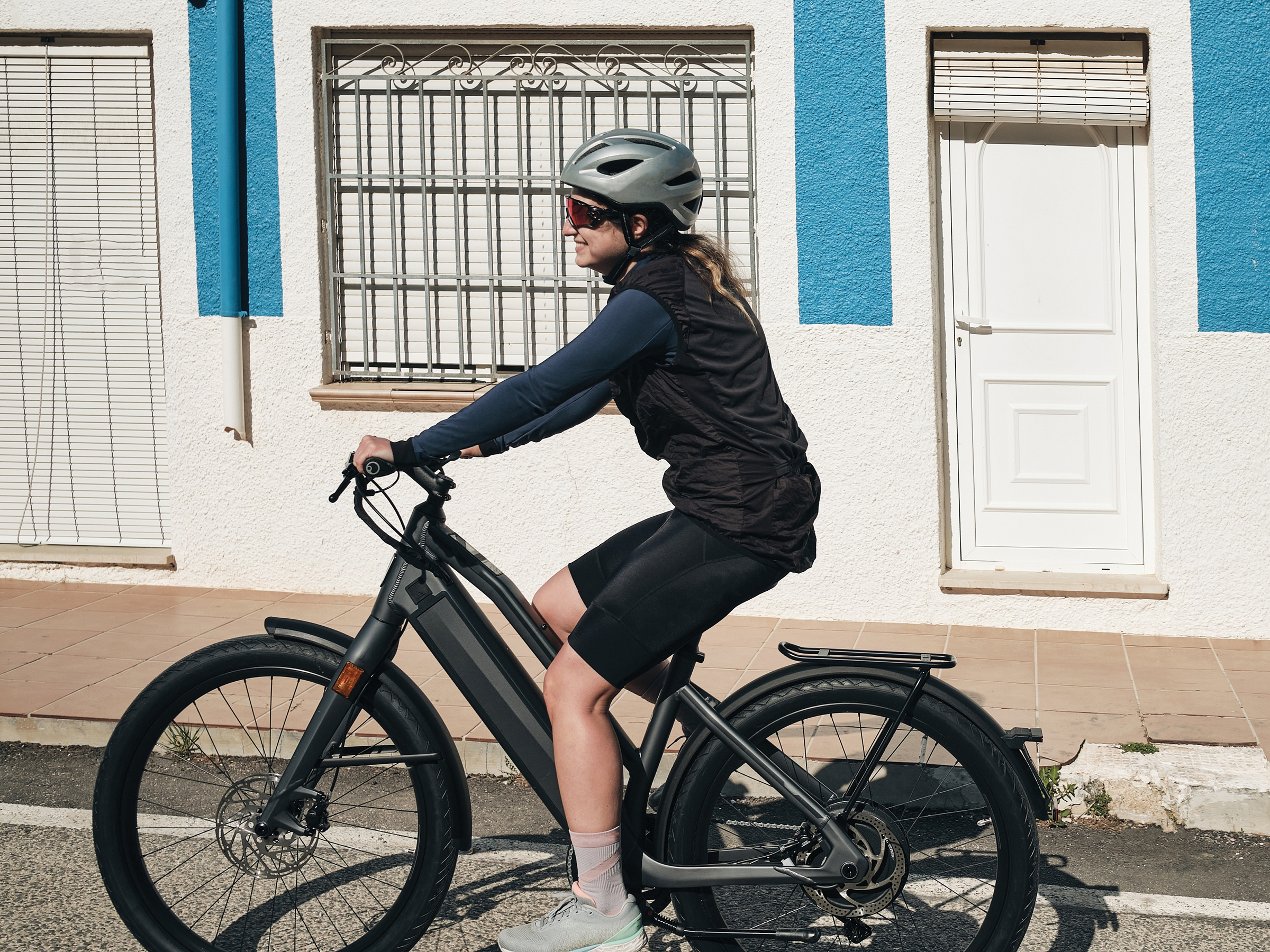New laws for cyclists in 2025
California: Complete Streets and more
California cyclists rejoice: The 2024 legislative session brought a wave of positive changes aimed at improving safety, access, and infrastructure for people on two wheels. Let’s delve into the key pieces of legislation that will shape California riding in the coming years.
Building a network for all: Complete Streets (SB 960)
California continues its commitment to “Complete Streets” with Senate Bill 960. This law ensures that all transportation projects consider the needs of pedestrians, cyclists, and public transit users alongside those of motorists. This holistic approach fosters a safer and more inclusive transportation network for everyone.
Giving SB 960 some much-needed teeth is the Transportation Accountability Act, AB 2086 (Schiavo), mandating enhanced reporting requirements for the Complete Streets law. This allows cycling advocacy groups like CalBike to monitor progress and ensure the vision of Complete Streets translates into reality on the ground.

Banning bridge tolls for cyclists and pedestrians, AB 2669 (Ting)
Visitors to certain news sites may see motorists grumbling for cyclists and pedestrians to pay tolls when using the Golden Gate and other bridges. Good news: Assembly Bill 2669, championed by Assemblymember Ting, makes permanent the elimination of tolls for bicycles and pedestrians crossing bridges. This bakes in further financial incentive for those who choose sustainable transportation options, contributing to a healthier environment and reducing traffic congestion.
Unblocking coastal bikeway development, SB 689 (Blakespear)
California’s stunning coastline offers breathtaking cycling routes. However, the Coastal Commission’s authority sometimes presents hurdles for new bikeway development in these areas. Senate Bill 689, authored by Senator Blakespear, streamlines the process by limiting the Commission’s ability to block bikeway projects on existing roads. This paves the way for more coastal cycling paths, allowing riders to more safely enjoy the scenic beauty.
Limits on Class III bikeways: SB 1216 (Blakespear)
While Class III bike lanes (shared with motor vehicles) have their place, particularly on low-traffic neighborhood streets, they can be less desirable on high-speed roads. Recognizing this, Senate Bill 1216, also authored by Senator Blakespear, restricts the use of state funding for Class III bikeways on high-speed routes. This prioritizes the safety of cyclists by directing resources towards more protected infrastructure like separated bike lanes on roads with faster speed limits.
Safety and regulation for e-bikes: AB 1774 & SB 1271
California takes a proactive stance on e-bikes with two new laws championed by CalBike. Assembly Bill 1774, authored by Assemblymember Dixon, tackles the issue of e-bike modifications. This law prohibits the sale of devices that alter e-bikes to exceed the legal speed limit, addressing safety concerns around high-powered e-bikes on our roads.
Battery safety is paramount with e-bikes. Senate Bill 1271, authored by Senator Min, mandates that all e-bikes sold in California must have certified safe batteries. This not only minimizes the risk of battery fires but also clarifies regulations regarding what constitutes a legal e-bike, strengthening consumer protection.

Oregon: E-Bike definitions & young rider provisions
We’re looking at one key piece of legislation passed in 2024, which aims to clarify e-bike classifications and protect younger riders.
E-bike definitions and other provisions: HB 4103
HB 4013, which will take effect on January 1, 2025, will add more detailed definitions for e-bikes in the Oregon Revised Statutes. The new definitions include:
- Class 1: Has a maximum speed of 20 mph and no throttle
- Class 2: Has a maximum speed of 20 mph and a throttle
- Class 3: Has a maximum speed of 28 mph and no throttle
- Age restrictions: Children under 16 can only ride Class 1 e-bikes, while those 16 and older can also ride Class 2 and Class 3 e-bikes
- Unsafe riding: Creates a new offense of unsafe e-bike riding, with a maximum fine of $100
Sources:
calbike.org, Bike-Friendly Wins and Losses (but Mostly Wins) in 2024, by Jared Sanchez.
bikeportland.org, Oregon State Parks e-bike rule change takes key step forward, by Jonathan Maus.
Oregon State Legislature, House Bill 4103.
Have you or someone you know been involved in a bicycle crash? Want to know about your rights? Are you a lawyer handling a bicycle crash who wants the best result for your client? Contact Bicycle Law at (866) 835-6529 or info@bicyclelaw.com.
Bicycle Law’s lawyers practice law through Coopers LLP, which has lawyers licensed in California, Oregon, and Washington state, and can affiliate with local counsel on bicycle cases across the country to make sure cyclists benefit from cycling-focused lawyers.
